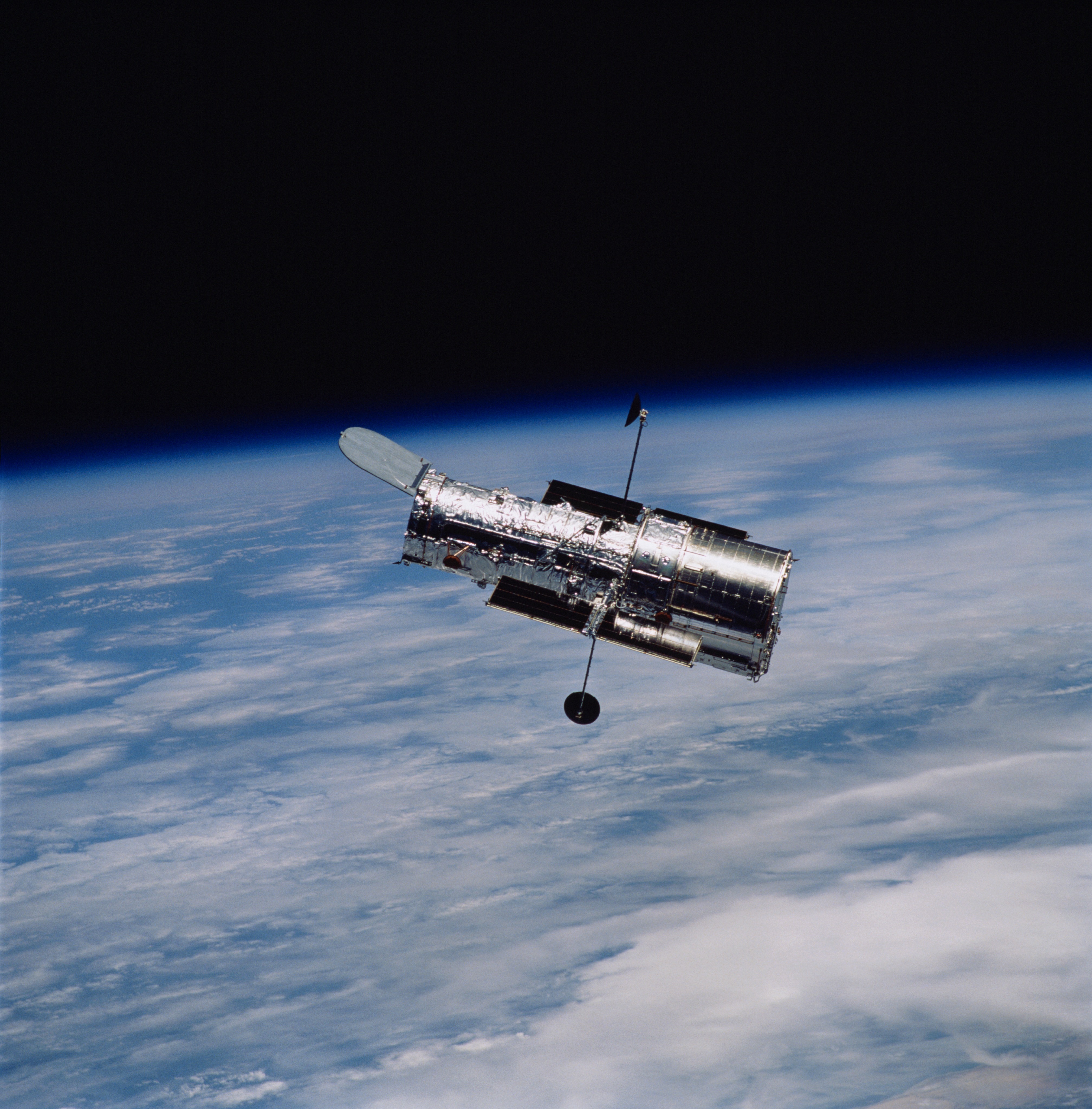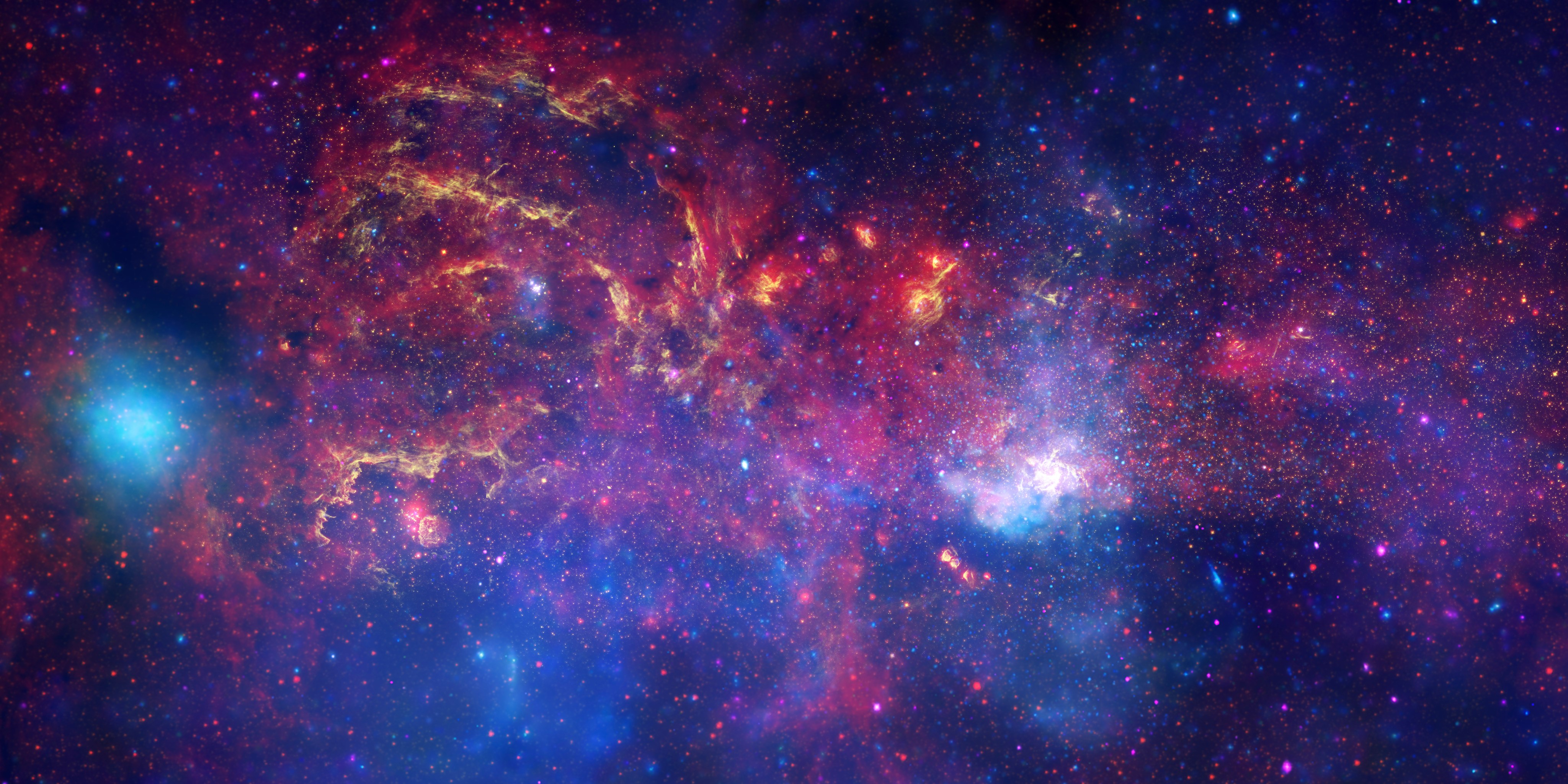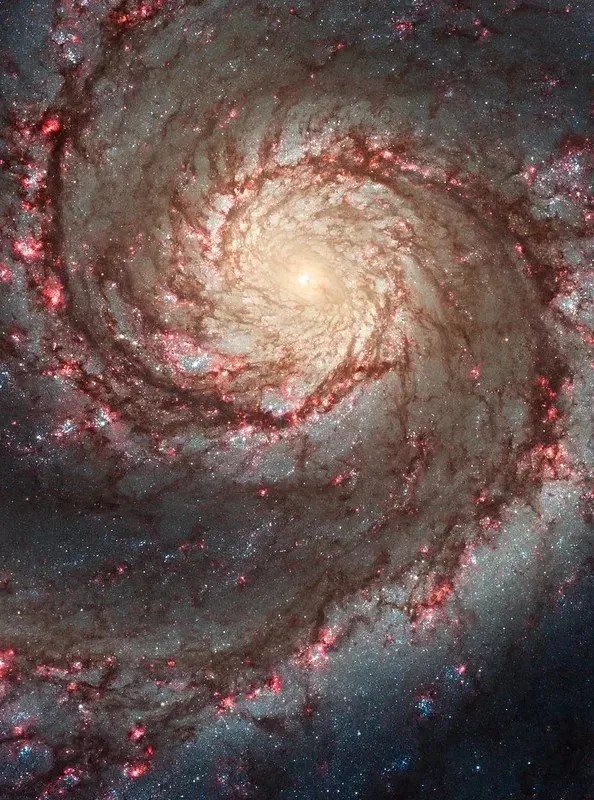2 min read

This NASA/ESA Hubble Space Telescope image features the spiral galaxy NGC 2566, which sits 76 million light-years away in the constellation Puppis. A prominent bar of stars stretches across the center of this galaxy, and spiral arms emerge from each end of the bar. Because NGC 2566 appears tilted from our perspective, its disk takes on an almond shape, giving the galaxy the appearance of a cosmic eye.
As NGC 2566 appears to gaze at us, astronomers gaze right back, using Hubble to survey the galaxy’s star clusters and star-forming regions. The Hubble data are especially valuable for studying stars that are just a few million years old; these stars are bright at the ultraviolet and visible wavelengths to which Hubble is sensitive. Using these data, researchers can measure the ages of NGC 2566’s stars, which helps piece together the timeline of the galaxy’s star formation and the exchange of gas between star-forming clouds and the stars themselves.
Hubble regularly teams up with other astronomical observatories to examine objects like NGC 2566, including the NASA/ESA/CSA James Webb Space Telescope. Webb data complements Hubble’s by going beyond the infrared wavelengths of light Hubble can see, better defining areas of warm, glowing dust. At even longer wavelengths, the Atacama Large Millimeter/submillimeter Array (ALMA) of 66 radio telescopes that work together can capture detailed images of the clouds of gas and dust in which stars form. Together, Hubble, Webb, and ALMA provide an overview of the formation, lives, and deaths of stars in galaxies across the universe.
Explore More
Media Contact:
Claire Andreoli (claire.andreoli@nasa.gov)
NASA's Goddard Space Flight Center, Greenbelt, MD




